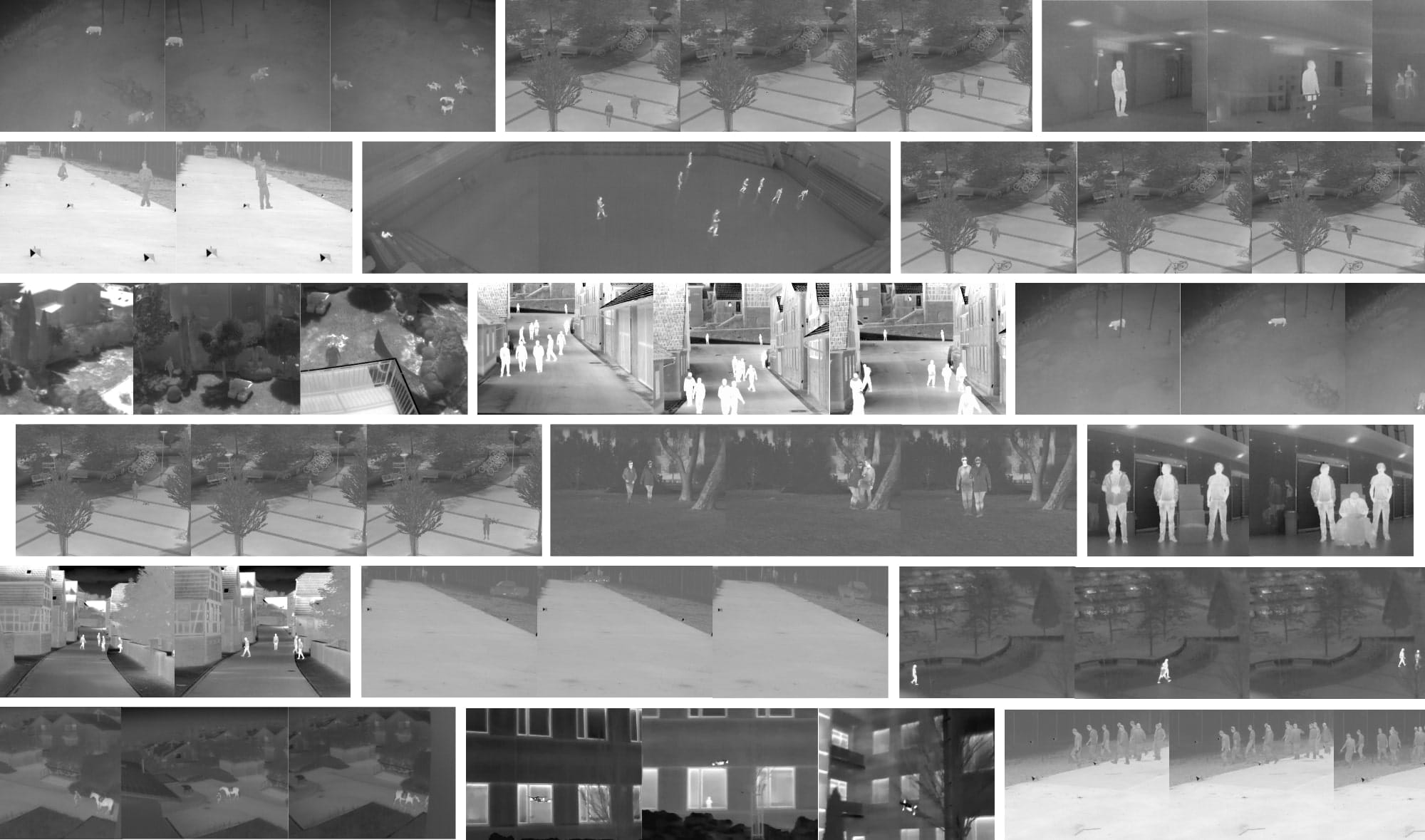This guide provides a comprehensive understanding of the Lost Time Incident Rate (LTIR), a crucial safety metric. We’ll explore its calculation, significance, and methods for reduction, along with comparisons to other safety metrics and real-world applications.
Understanding LTIR
Lost Time Incident Rate (LTIR) measures how frequently workplace incidents cause employees to miss work beyond the day of the incident. It’s a key indicator of workplace safety performance, focusing specifically on incidents severe enough to disrupt work schedules. Sometimes referred to as Lost Time Injury Rate, it emphasizes the impact of incidents on productivity. A high LTIR suggests potential safety vulnerabilities requiring attention, while a lower LTIR likely indicates a safer work environment. However, even a low LTIR shouldn’t discourage continuous improvement efforts. Explore how JROTC ranks (JROTC ranks) can influence safety awareness and training.
Calculating LTIR
The LTIR calculation is straightforward:
LTIR = (Number of Lost Time Incidents * 200,000) / Total Hours Worked by All Employees
- Number of Lost Time Incidents: The count of incidents where employees missed at least one full shift following the incident date.
- Total Hours Worked by All Employees: The sum of all hours worked by every employee during the reporting period (typically one year), including regular hours, overtime, and any other time spent on the job.
- 200,000: A standardizing constant, allowing comparison between companies of different sizes. It represents a hypothetical baseline of 100 employees working 40 hours per week for 50 weeks. This standard, while widely accepted, is subject to ongoing debate, and some experts suggest alternative approaches.
LTIR vs. TRIR
While both LTIR and TRIR are important safety metrics, they differ in scope:
- LTIR: Focuses solely on incidents resulting in lost workdays.
- TRIR (Total Recordable Incident Rate): Includes all work-related injuries and illnesses requiring more than basic first aid, even those not causing lost time.
LTIR provides a clearer picture of the impact on productivity, while TRIR offers a broader overview of overall safety. Using both metrics together provides a more comprehensive understanding of workplace safety.
Why Track LTIR?
Monitoring LTIR offers several benefits:
- Evaluate Safety Program Effectiveness: A decreasing LTIR suggests that safety programs are likely having a positive impact. Conversely, a rising LTIR might suggest a need to re-evaluate safety strategies.
- Assess Financial Impact: Lost time translates to lost productivity and increased costs (medical bills, compensation, replacement workers). LTIR helps quantify these costs.
- Demonstrate Safety Commitment: A low LTIR demonstrates a commitment to employee well-being and can positively influence stakeholders (employees, investors, insurers).
- Benchmark and Improve: Comparing LTIR to industry averages allows companies to identify areas for improvement and benchmark their safety performance.
Deep Dive into LTIR Calculation and Interpretation
The LTIR formula, while simple, requires careful consideration of its components:
(Number of lost time injuries x 200,000) / Total hours worked by all employees
- Lost Time Injuries: Includes only incidents resulting in time off beyond the day of the injury.
- 200,000 Constant: This standardizing factor, while based on a hypothetical workforce, allows for comparisons between organizations of different sizes. Ongoing research may eventually lead to refinements in this standard.
- Total Hours Worked: Accurate data collection for all employee hours, including overtime and part-time work, is crucial for accurate LTIR calculation.
Interpreting LTIR requires context. While a lower LTIR generally suggests better safety performance, benchmarking against industry averages is essential. LTIR is a lagging indicator, providing insights into past incidents. This information, however, is crucial for proactive safety improvements.
LTIR and TRIR: A Comparative Analysis
Understanding the difference between LTIR and TRIR is essential for a complete safety assessment:
| Metric | Focus | What it Tells You |
|---|---|---|
| LTIR | Incidents resulting in lost workdays | Severity of incidents and impact on productivity |
| TRIR | All recordable incidents, including near misses | Overall safety performance and potential hazards |
While LTIR highlights the impact on productivity, TRIR can reveal underlying safety issues that might not yet have caused lost time but still pose a risk.
Practical Applications and Future Trends
LTIR data informs proactive safety strategies. By analyzing trends and identifying high-risk areas, companies can develop targeted interventions, including:
- Proactive Safety Training: Focusing on hazard identification, safe work practices, and emergency procedures.
- Hazard Control: Implementing engineering controls, administrative controls, and personal protective equipment (PPE) to mitigate risks.
- Safety Culture Development: Fostering a workplace environment where safety is a shared responsibility and employees feel empowered to report potential hazards.
Ongoing research in workplace safety continually explores new strategies and metrics. The future of LTIR might involve incorporating factors like injury severity or leveraging predictive analytics to identify potential risks.
LTIR in Other Contexts: The NHL
The term “LTIR” is also used in the National Hockey League (NHL), referring to Long-Term Injured Reserve. This system allows teams to exceed the salary cap when a player is injured long-term, providing roster flexibility. The NHL’s LTIR system, however, has its own complex rules and strategic implications, distinct from the workplace safety context.
Conclusion
LTIR is a valuable tool for creating a safer and more productive workplace. By understanding its calculation, interpretation, and limitations, organizations can leverage this metric to improve safety performance, reduce costs associated with accidents, and foster a culture of well-being. While LTIR offers valuable insights, it is one piece of a larger safety puzzle. Used in conjunction with other metrics and a proactive approach to hazard identification and control, LTIR contributes to a more comprehensive and effective safety management system.
- Unlock Elemental 2 Secrets: Actionable Insights Now - April 2, 2025
- Lot’s Wife’s Name: Unveiling the Mystery of Sodom’s Fall - April 2, 2025
- Photocell Sensors: A Complete Guide for Selection and Implementation - April 2, 2025

















1 thought on “Demystifying LTIR: A Comprehensive Guide to Lost Time Incident Rate Calculation and Reduction”
Comments are closed.